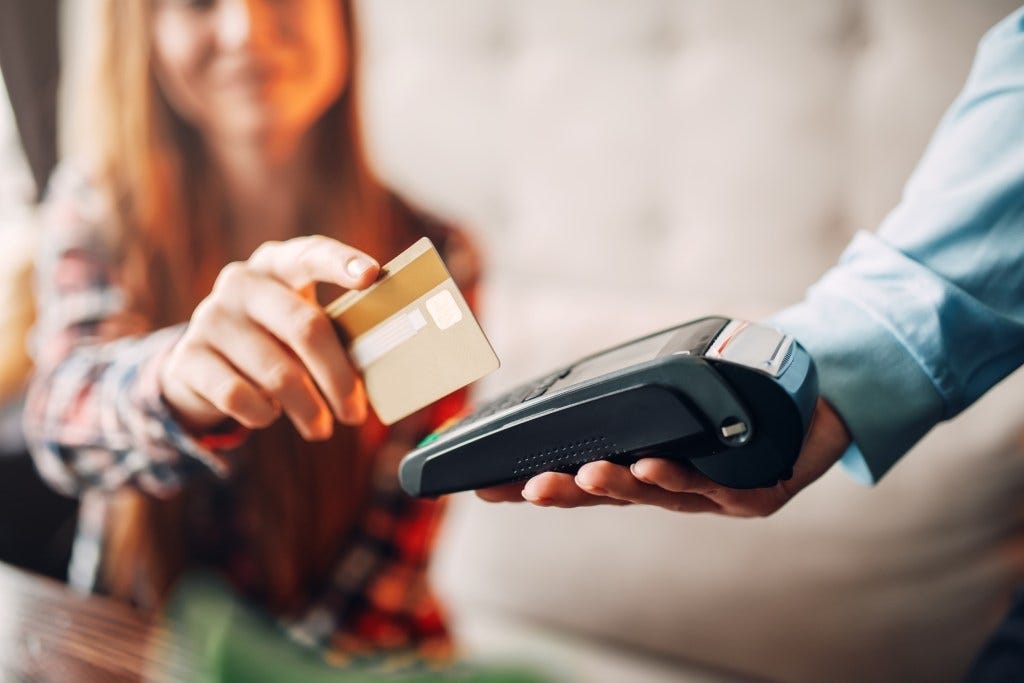You will never visit restaurants again
after reading this
Hey you,
It’s Thursday, a.k.a. the day your brain is somewhere between “I got this” and “let’s just order in.”
So let’s indulge your curiosity (and maybe your appetite) with something that’s been sitting right under our noses—literally.
Today’s special? Menu psychology - the subtle art of turning your dinner into a well-played trick.
Let’s unravel the secret sauce behind how restaurants get you to spend more, bite by bite
Let’s dig in…
📌 “You’re not choosing the dish. The dish is choosing you”
(What does it mean?)
Ever felt like you walked into a restaurant with a ₹500 budget and walked out having dropped ₹1200, with no regrets, just a very full belly?
Well, turns out, that’s not just the butter garlic naan talking.
You’ve been gently guided by design, not by hunger.
Restaurants have a playbook. And it’s written in menu psychology.
1. No dollar (or rupee) signs?
Menus often strategically remove currency symbols. Why?
Because “₹599” feels like a transaction.
But “599” looks like a number. Just a number. It reduces the “pain of paying,” a real psychological response.
One study found that diners spend up to 8% more when the currency symbol disappears. It’s subtle, but it’s effective, and it works.
2. Then comes the primacy effect
Our brains are lazy. We read from top to bottom, and usually pick from the first few items.
That’s why some of the most profitable (not necessarily best) dishes are placed at the top.
They grab your attention while your decision fatigue hasn’t kicked in yet.
By the time you scroll to the 10th item? You're just hungry.
3. Next, they place a decoy dish
Ever seen a ₹2200 lobster thermidor sitting above a ₹1300 risotto? It’s not there to be ordered.
It’s there to make everything else look reasonable.
This is the decoy effect - we're tricked into spending more because the lower price feels like a deal in comparison.
Spoiler: It’s not a deal. It’s design.
4. They also don’t forget to push nostalgia
“Grandma’s Apple Pie.”
“Maa ke haath ka Rajma.”
“Sunday Roast just like home.”
These aren’t just descriptions, they’re emotional hooks.
They trigger memories, comfort, and trust. And it doesn’t even matter if the actual dish came out of an industrial freezer.
You’re sold on the feeling, not the flavor.
5. And restaurants now have a new trick too
Too many options = decision paralysis. Especially for Gen Z, who’ve coined the term menu anxiety.
That’s why restaurants now offer fewer dishes, each described with finesse.
Why?
Because a shorter menu = higher perceived quality + faster decisions = more satisfied (and loyal) customers.
6. Also, they HATE pictures
Surprisingly, high-end restaurants avoid actual photos. Why?
Bad pictures = bad trust.
And fake photos = uncanny valley.
Sketches or hand-drawn illustrations, on the other hand, evoke class and charm.
So, that’s it for today. If you found this edition interesting and entertaining, please drop a like and follow us for more!
See ya👋



